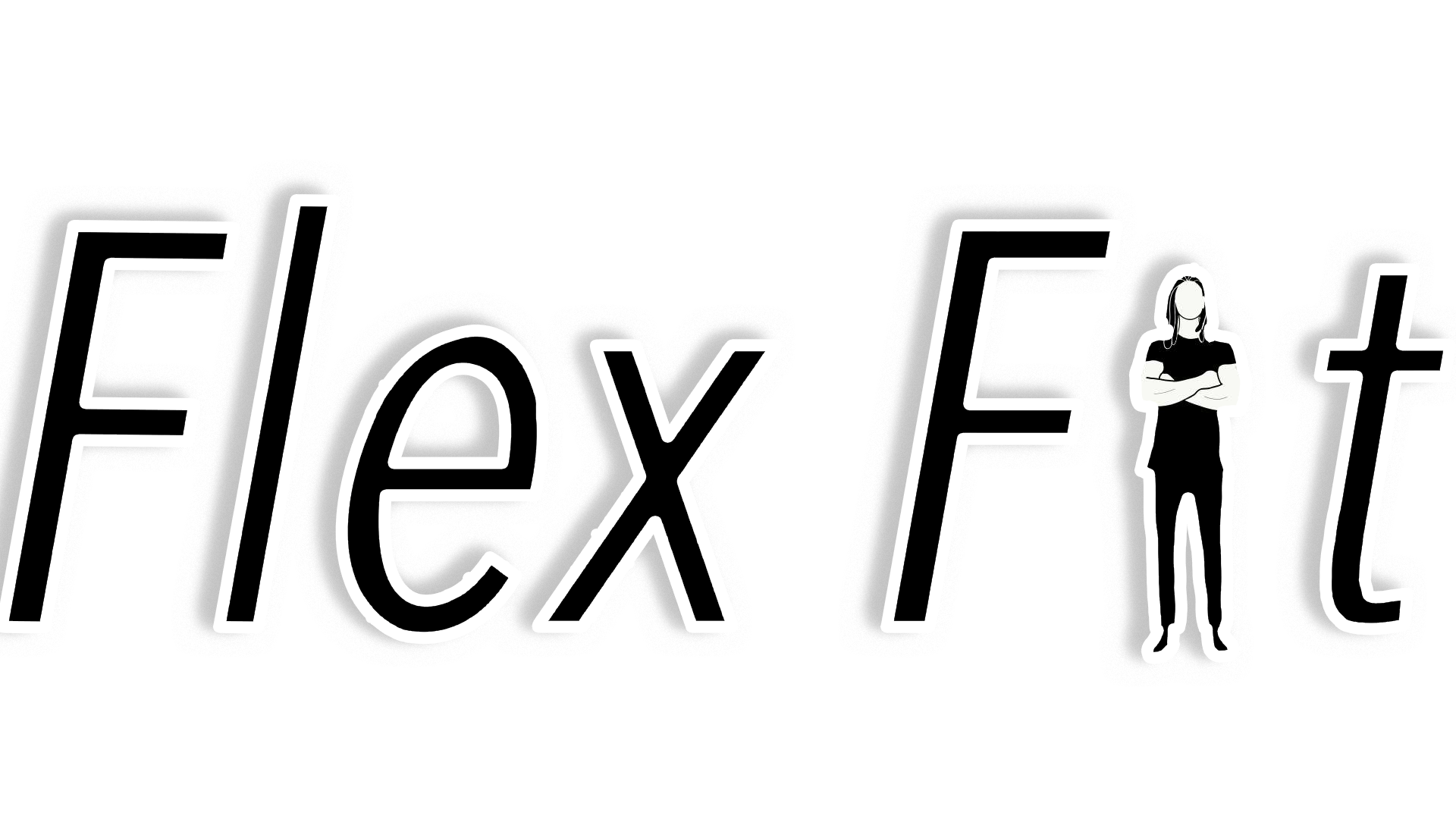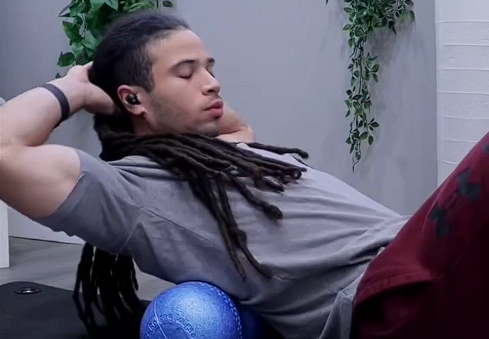Foam rolling and self-myofascial release (SMR) are powerful techniques that help alleviate muscle tension, improve flexibility, and reduce pain. These recovery methods are gaining traction for their effectiveness in managing muscle soreness and enhancing mobility. In this blog post, we will explore the benefits of foam rolling and SMR, provide step-by-step guides for different areas of the body, and explain how these techniques can help diagnose and treat various pains or problems encountered during exercise.
Understanding Foam Rolling and Self-Myofascial Release
Foam rolling and self-myofascial release involve applying pressure to specific points on the body to release tension and improve blood flow. This process targets the fascia, a connective tissue that surrounds muscles and organs, which can become tight and restricted due to factors like exercise, poor posture, and stress. By releasing these tight areas, foam rolling and SMR promote better movement and reduce discomfort.
Benefits of Foam Rolling and SMR
Alleviates Muscle Tension
Foam rolling helps break down adhesions and scar tissue, which can build up in muscles and restrict movement. This alleviates muscle tension and promotes relaxation.
Improves Flexibility
Regular foam rolling increases the elasticity of muscles and fascia, leading to improved flexibility and range of motion. This can enhance overall performance and reduce the risk of injuries.
Reduces Pain and Soreness
By improving blood circulation and reducing muscle tightness, foam rolling can significantly decrease post-exercise soreness and chronic pain.
Enhances Mobility
Foam rolling restores proper muscle function and joint mobility, making it easier to perform exercises with correct form and efficiency.
Common Areas for Foam Rolling and SMR
Quadriceps
Instructions: Lie face down with a foam roller under your thighs. Prop yourself up on your elbows and roll from your hip to your knee, pausing on tight spots. Repeat for 1-2 minutes on each leg.
Benefits: This technique targets the quadriceps, relieving tightness and improving flexibility in the front of the thigh.
IT Band
Instructions: Lie on your side with the foam roller under your outer thigh. Support your upper body with your forearm and roll from your hip to your knee. Focus on tight spots for 1-2 minutes per side.
Benefits: Rolling the IT band helps reduce tension in this commonly tight area, improving knee and hip mobility.
Hamstrings
Instructions: Sit on the floor with your legs extended and the foam roller under your hamstrings. Lift your body off the ground with your hands and roll from your glutes to your knees. Pause on tight areas for 1-2 minutes.
Benefits: This technique releases tension in the hamstrings, enhancing flexibility and reducing lower back pain.
Calves
Instructions: Sit on the floor with the foam roller under your calves. Lift your hips off the ground and roll from your ankles to your knees. Spend extra time on tight spots for 1-2 minutes per leg.
Benefits: Foam rolling the calves can alleviate tightness, improve ankle mobility, and reduce lower leg pain.
Upper Back
Instructions: Lie on your back with the foam roller positioned horizontally under your upper back. Cross your arms over your chest and lift your hips. Roll from the upper back to mid-back for 1-2 minutes.
Benefits: Rolling the upper back helps reduce tension and improve posture, relieving discomfort in the shoulders and neck.
Incorporating Foam Rolling and SMR into Your Routine
Warm-Up and Cool-Down
Integrate foam rolling into your warm-up and cool-down routines. This prepares your muscles for exercise and aids in recovery, reducing the likelihood of soreness and injuries.
Consistency is Key
Regular practice is essential for long-term benefits. Aim to foam roll at least three times a week, focusing on different muscle groups each session.
Listen to Your Body
Pay attention to how your body responds to foam rolling. It should feel slightly uncomfortable but not painful. Adjust the pressure and duration based on your comfort level.
Use Proper Technique
Ensure you use the correct form to avoid injury. Roll slowly and methodically, pausing on tight spots to allow the muscle to release. Avoid rolling directly on joints or bones.
Conclusion
Foam rolling and self-myofascial release are invaluable tools for anyone looking to enhance their mobility, reduce pain, and improve overall muscle function. By incorporating these techniques into your fitness routine, you can address common movement dysfunctions and imbalances, ultimately diagnosing and treating pains or problems encountered during exercise. Stay consistent, listen to your body, and use proper techniques to maximize the benefits of foam rolling and SMR.
Stay healthy and pain-free with foam rolling!
Lexinton Forbes
Certified Personal Trainer
www.lexforbes.com
Sources:
- Journal of Strength and Conditioning Research – The Benefits of Foam Rolling: https://www.joscr.org
- American Council on Exercise – Foam Rolling for Improved Mobility: https://www.acefitness.org
- National Institutes of Health – Myofascial Release Techniques: https://www.nih.gov

